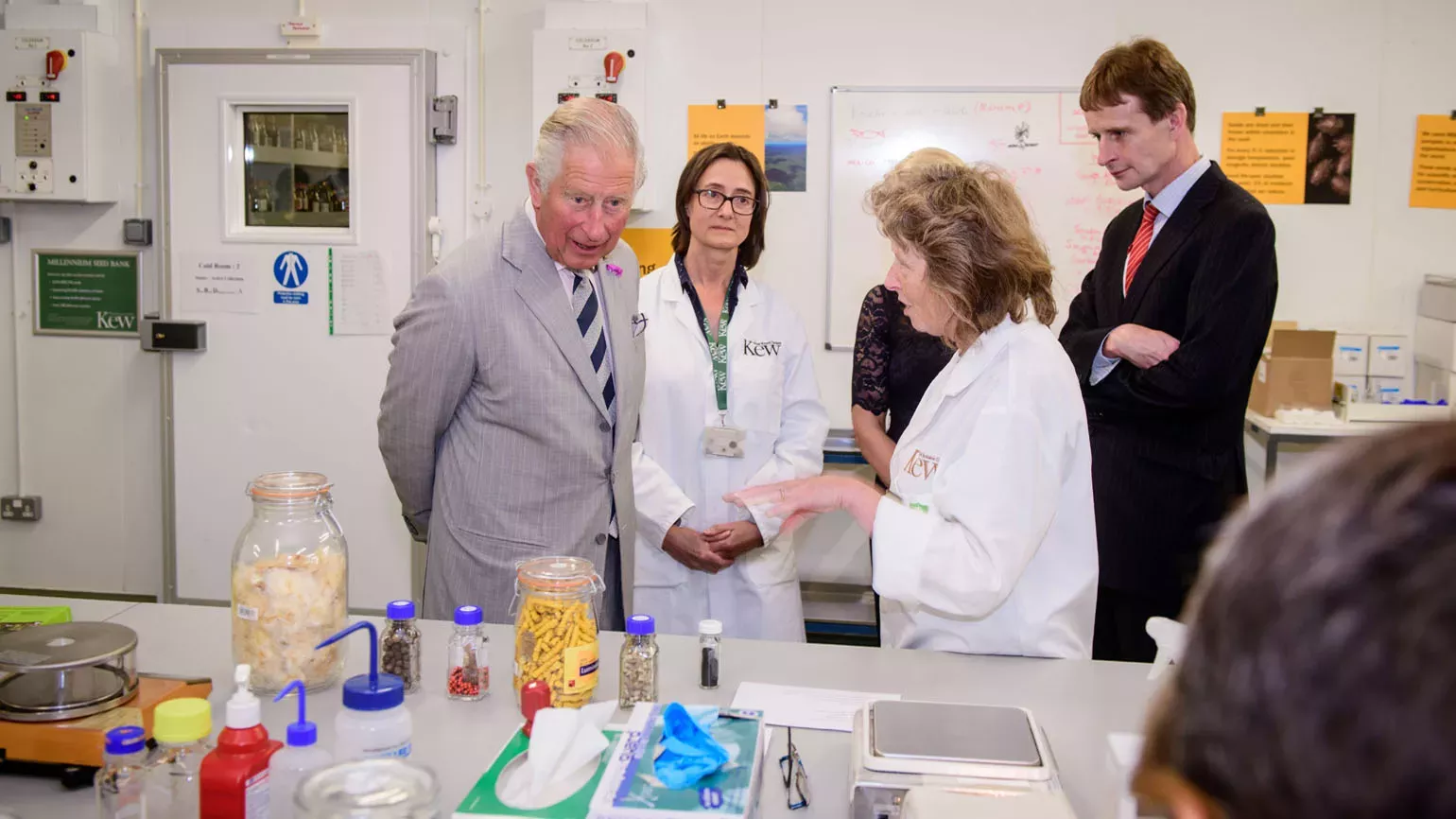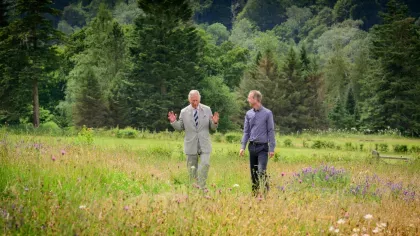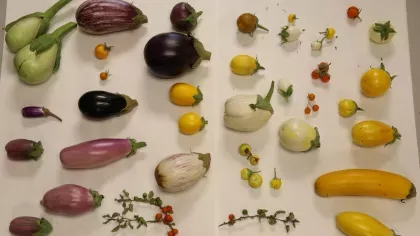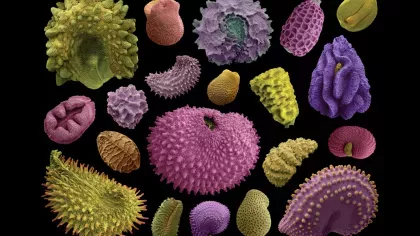25 February 2020
Kew depositing royal seeds
Scientists from Kew are adding seeds to the Svalbard Global Seed Vault on behalf of The Prince of Wales.

Today Kew scientists are depositing the seeds of 27 wild plant species on behalf of The Prince of Wales at the Svalbard Global Seed Vault in Norway.
A duplicate collection will be kept at Kew’s Millennium Seed Bank.
The contribution is part of the largest seed deposit to be made since the Svalbard Seed Vault´s inauguration in 2008. More than 30 genebanks, including Kew, are participating in the event.
The seeds are from wildflowers growing in the meadows at the Royal Gardens at Highgrove, part of the private residence of Their Royal Highnesses The Prince of Wales and The Duchess of Cornwall.
They include those from UK native species that are in decline. The Prince of Wales donated two collections last summer when visiting the Millennium Seed Bank at Wakehurst.
The delivery of such a large consignment of seeds is timely, given that 2020 is the deadline for fulfilling target 2.5 of the 'Zero Hunger' Sustainable Development Goal (SDG 2), which calls for the international community to safeguard and share the genetic diversity of crops and livestock.
Dr Chris Cockel, Seed Conservation scientist said:
"We are delighted to be able to bank this important seed collection from the Highgrove Estate in the Millennium Seed Bank and at Svalbard. His Royal Highness The Prince of Wales is Patron of both institutions, and this is a brilliant opportunity for us to highlight our collaboration and the importance of meadow species to food security and pollinator services."

What is the Svalbard Global Seed Vault?
The Svalbard Global Seed Vault is a secure backup facility for over 1,700 seed banks worldwide.
It also holds the largest collection of crop biodiversity in the world, with the seeds representing more than 5,000 species.
It is a symbol of a unique, joint effort by the global scientific community to preserve crop diversity for future generations.


